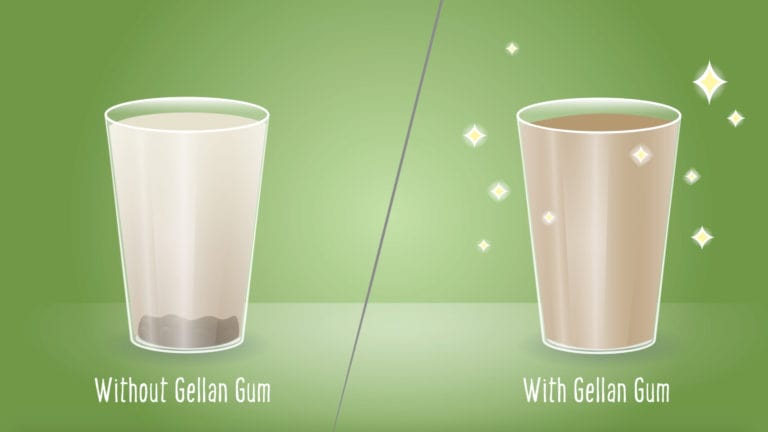Lịch sử
mua hàng
Gellan gum is a food additive that was discovered in the 1970s.
First used as a substitute for gelatin and agar, it’s currently found in a variety of processed foods, including jams, candy, meats, and fortified plant milk.
You may wonder whether it offers any benefits or is safe to consume.
This article examines gellan gum to determine whether it’s good or bad for you.
Gellan gum is a food additive typically used to bind, stabilize, or texturize processed foods. It’s similar to other gelling agents, including guar gum, carrageenan, agar-agar, and xanthan gum.
It grows naturally on water lilies but can be artificially produced by fermenting sugar with a specific strain of bacteria.
It’s a popular replacement for other gelling agents because it’s effective in very small amounts and produces a clear gel that isn’t sensitive to heat.
Gellan gum also works as a plant-based alternative to gelatin, which is derived from animal skin, cartilage, or bone.

Gellan gum has a variety of uses.
As a gelling agent, it lends a creamy texture to desserts, gives fillings for baked goods a jelly-like consistency, and reduces the likelihood that certain delicacies — such as creme brûlée or flaming sorbet — will melt when subjected to heat.
Gellan gum is also commonly added to fortified juices and plant milk to help stabilize supplemental nutrients like calcium, keeping them mixed into the beverage rather than pooled at the bottom of the container.
This additive likewise has medical and pharmaceutical applications for tissue regeneration, allergy relief, dental care, bone repair, and drug manufacturing.

You can find gellan gum in a variety of foods, including:
Gellan gum is particularly popular in vegan packaged foods because it’s a plant-based alternative to gelatin.
You’ll find it listed on food labels as gellan gum or E418. It’s also sold separately under brand names like Gelrite or Kelcogel.
While gellan gum is said to offer several health benefits, few of these are backed by strong evidence.
For instance, some evidence suggests that gellan gum relieves constipation by adding bulk to stool and helping foods move smoothly through your gut.
That said, these studies are very small and outdated. What’s more, results were mixed, indicating that any digestive benefits may vary by individual.
Furthermore, certain gums have been linked to weight loss, appetite control, and lower blood sugar and cholesterol levels, leading some people to assert that gellan gum also provides these benefits.
However, very few studies have examined whether gellan gum has these attributes specifically — and those that do fail to report any significant effects.
Thus, more research is necessary.
Source: www.healthline.com